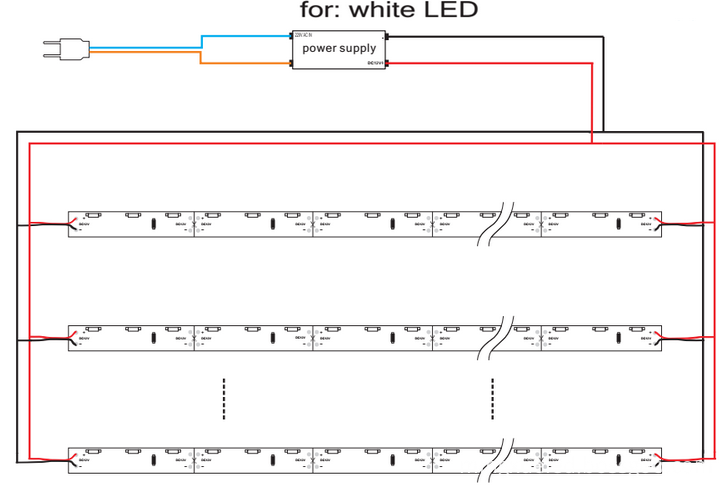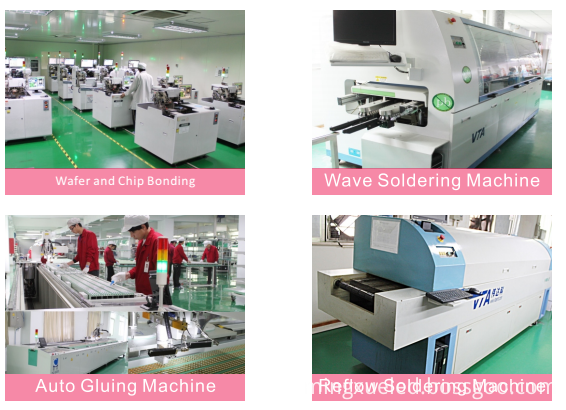The upstream monomer is in a phased excess China's production of organic silicon monomer has gone from a period of reliance on imports, to a gradual increase in self-sufficiency, to overcapacity. At the end of the last century, China still had only one 10,000-ton organic silicon monomer production unit. With the breakthrough of technical bottlenecks and the success of anti-dumping, there has been a spurt of organic silicon monomer production. "In 2002, China's organic silicon monomer production capacity was only 100,000 tons. In 2009, it had reached 1 million tons, and it is expected to reach 2 million tons in 2012. At present, there are already phased surpluses of organic silicon monomers in China." Blue Star Sparks Silicones Factory Marketing Manager Dai Jiayong said.
Dai Jiayong said: “In recent years, the global organic silicon industry has been transferred to China, and now almost all organic silicon multinational companies are camping in China. The global growth in organic silicon monomer production capacity is basically in China, while the foreign monomer production capacity is not available. China will move from a net importer of organic silicon to a net exporter."
Wang Yuelin, chairman of Guangzhou Jibisheng Technology Industrial Co., Ltd., said: “There are more than 20 units of organic silicon monomer in China, under construction and in preparation for construction, and it is the first in the world. In 2005, China’s organic silicon monomer capacity accounted for the world’s The proportion of total production capacity is only 15%; in 2010, the production capacity of organic silicon monomer reached 1.6 million tons, accounting for 40% of the total organic silicon monomer production capacity in the world, surpassing the United States as the world's largest organic silicon monomer production base and exporter.â€
Bai Hongqiang, the deputy secretary-general of the China Silicon Materials Information Research Center, believes that the overall outlook for the entire silicone market is still promising in the medium and long term, but there has been a recent risk of a relative surplus of bulk silicone raw materials. However, as the industry is already at a low point, the silicone monomer market is less likely to fluctuate significantly.
The downstream high-end product gap is relatively large. The development prospects of the silicone downstream products are very broad. At present, the per capita consumption of organic silicon products in developed countries is 3 kg, while that of China is only 0.3 kg, and there are about 10,000 kinds of organic silicon brand products in the world. According to statistics from the China Silicon Materials Information Research Center, China's organic silicon market accounted for 30.8% of the global market in 2010, surpassing the United States and Europe to become the world's largest consumer of organic silicon products. In 2010, the consumption of organic silicon in China was about 470,000 tons (silicon dioxide), the output was 400,000 tons (including 30,000 tons recycled), and the net import was about 100,000 tons. The external dependence was over 20%.
“The many silicone products with high added value in China still rely on imports,†said Fu Jiyu, an authoritative expert in the silicone industry and a winner of the Silicone Lifetime Achievement Award. “The main problems in the downstream market of silicones are the low number of varieties, high quality and functional products. Inadequate development. In a large number of high-tech applications, the use of products supplied by foreign companies is still the main reason, and local companies are hard to get involved, especially the highly profitable downstream deep processing products rely on imports."
Dai Jiayong believes that the demand for silicone downstream market will continue to grow. During the "11th Five-Year Plan" period, China's organic silicon consumption has maintained a growth of 15% to 20%, far higher than the global growth rate of 4% to 5%. It is expected that during the "12th Five-Year Plan" period, China's organic silicon consumption will maintain a growth of about 15%. With the popularization of applications, organic silicon products have been transformed from specialty chemicals to general chemicals. Enterprises should seize the opportunity to actively develop new products.
The way out is to extend the industrial chain. "Our organic silicon industry is facing fierce competition, and deep processing of organic silicon is the only way for future business development." Fu Jiyu said: “The world’s most powerful four organic silicone companies have completed a complete industrial chain from basic raw materials to product production, technical services, and sales in China. China’s silicone industry needs urgent development. Marketable high value-added downstream products can increase the added value of the primary form of polysiloxane, and it is not appropriate to expand the production capacity of methylchlorosilane alone."
Bai Hongqiang believes that the profitable business model of domestic silicone companies relying on intermediates and conventional downstream products is not a long-term solution. Extending the industrial chain is the key to improving the competitiveness of silicone companies at present, especially the upstream monolithic enterprises, and the selection of extension direction must take into account factors such as competition and market prospects. In the silicone industry, differentiated competition in downstream products should be achieved; in addition, industries outside the industry should replace some of the petroleum-based products with silicone products.
Experts gave suggestions on how to extend the industrial chain to develop downstream products. “The inspiration for the development of new silicone products comes from emerging industries.†Fu Jiyue said, “The marketing strategies of silicone multinationals have their main market areas, that is, they are inspired by things such as automotive, construction, personal care products and cosmetics, microelectronics, Solar cells, wind power, light-emitting diodes, and the tire industry, and so on, so the new products that are marketable on the road are endless.â€
In addition, it can also deepen the development of the use of traditional products, such as the use of silane coupling agent for ion exchange resin, metal adsorbent, silane coupling agent for rubber additives. As the radialization rate of automobile tires in China gradually increases and the production capacity of radial tires continues to expand, the demand for silane coupling agents will continue to increase.
Smd335 Led Strip Light Introduction:
1.SMD335 Led Strip light bar
2. Size: Length Width 8mm 1000*
3.LED specification: 335SMD*60PCS
4. Voltage: DC12V
5. Power: 3.6W
6. Luminous flux: 270-300LM
7. Color: White (various colors red, yellow, green, blue, amber, etc. can be)
8. Packing: card loaded or static bag
9. Warranty: One year (under normal use)


SMD335 Led Strip Light Product Features:
1. The use of very soft PCB board as a substrate, ultra-bright SMD LED as luminous body.
2. SMD335 Led Strip Light can be bent, stable and reliable quality
3. Every three LED as a group, can be based on the length requirement, cut in between each unit
4. The anti-oxidation, anti-ultraviolet radiation and long-term use does not change color
5. The silicone transparent waterproof connector can easily connect and totally waterproof
6. IP water level (optional IP68, IP66, IP65,) optional
use:
SMD335 LED Strip Light can be used in interior decoration, automotive lighting and other projects.
We focus on LED area, is a high-tech lighting enterprise deal in develop, produce and sales.


Owns DIP LED, SMD LED professional production lines and LED lighting products lines, the produce volume per month for DIP LED,SMD LED is 50 million pieces, for LED flexible strip light is 500 thousands meters, for SMD335 Led Strip Light for car is about 200 thousands pairs, for LED tube light is 50 thousands pieces, for LED Spotlights are 200 thousands pieces, for LED ceiling light are 50 thousands pieces.
Mingxue Optoelectronics Co.,Ltd. has apply the I S O 9 0 0 1: 2 0 0 8 international quality management system certificate, for SMD335 Led Strip Light, we apply the CE, RoHS and SAA certificate for our led lighting product.
Our R & D team can handle highly customized designs and offer OEM and ODM services.
We hope to set up a long-term partnership with you through our high quality products and our Sincere Service!


SMD335 Led Strip Light
Smd335 Led Strip Light,12V Smd335 Led Strip Light,Smd335 Led Strip Light Waterproof,High Lumen Smd335 Led Strip Light
Shenzhen Mingxue Optoelectronics CO.,Ltd , http://www.mingxueled.com